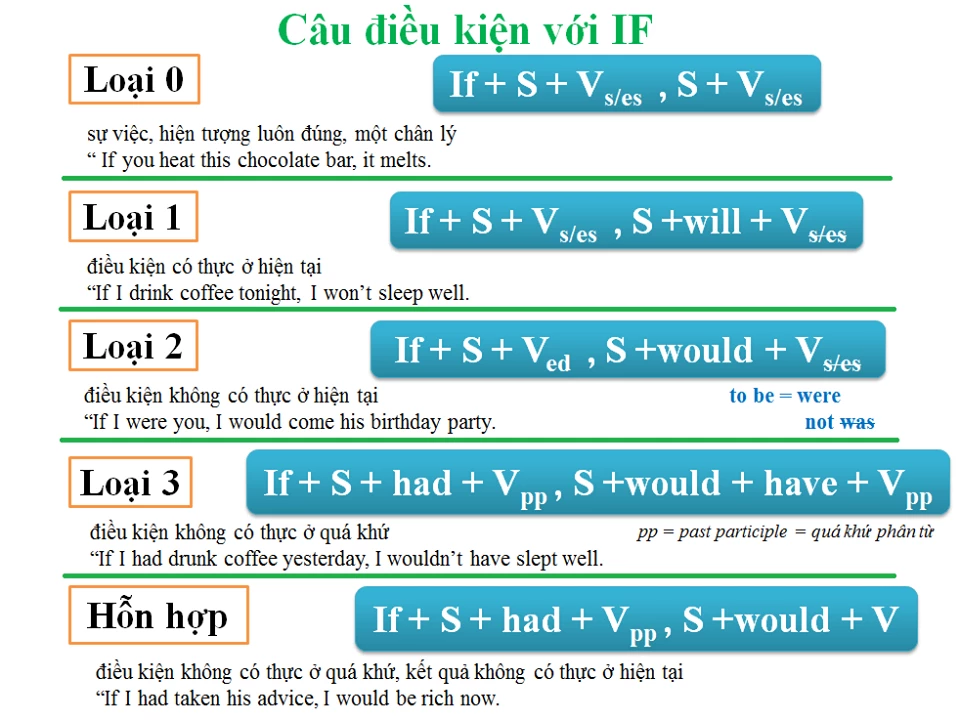Phương pháp Effortless English mang lại hiệu quả cao khi học tiếng Anh giúp bạn nghe nói tiếng Anh dễ dàng từ 3-6 tháng. Nhưng để học tập hiệu quả nhất với Effortless trước hết các bạn phải hiểu rõ về các nguyên tắc khi sử dụng phương pháp này. Chúng tôi sẽ giới thiệu với các bạn chuỗi các nguyên tắc khi học Effortless English. Các bạn cùng tìm hiểu thật kĩ và áp dụng đúng để có kết quả tốt nhất nhé.
Bạn muốn trả lời những câu hỏi trong giao tiếp một cách tự nhiên và nhanh chóng. Quy tắc 7: Nghe và trả lời, không nghe và nhắc lại (Use listen and answer mini stories) sẽ giúp Tiếng Anh của bạn trở nên tự động một cách dễ dàng.
Dưới đây là nội dung của Rules 7:
Hi, this is A.J. Hoge, the director of “Effortless English” and today is the last rule, rule number seven. And rule number 7 is very, very powerful. Rule number 7 helps you to speak quickly and to understand instantly, automatically, immediately. This is true fluency, true automatic speaking. So, what is rule number seven? Rule number 7, the last rule is to use listen-and-answer mini stories.What are these mini stories, listen-and-answer, and why are they powerful? Well, first, remember in the past when you went to English school. In school you probably learnt with a lot of listen-and-repeat. For example, the teacher said: “repeat after me, class: hi, how are you?” and the class together, everybody said: “hi, how are you?“. Then, the teacher said, “I’m fine, and you?“. Then, all of the class together said, “I’m fine, and you?“. This is listen-and-repeat. It’s an old way to learn English. But it’s not powerful. When you listen and repeat, you don’t need to think in English, you don’t need to think. You just repeat what the teacher said. Maybe you don’t understand, but still, you repeat. That’s an old way, don’t do it.Much more powerful is: listen and answer, especially listen-and-answer mini stories. These are special kind of stories where the teacher “asks” a story. Now, I do not say “tells” a story, I say “asks” a story. The teacher asks a lot of very simple and easy questions. Why? Well, because the student must answer questions constantly, constantly answering. Hearing a question, answering. Hearing a question, answering. This is like real conversation. When you use these listen-and-answer stories, you teach yourself to understand quickly and to respond quickly, to speak very quickly and automatically. No thinking. That’s why these are powerful. You learn to think in English and you learn to speak quickly, without thinking, without translating.Now, I will give you a very, very easy and simple example of a question-and-answer mini story. Just a couple of sentences. Now, imagine there’s a short, little story. In the old method the teacher would say: “repeat after me”, and the teacher says: “There was a boy, he went to the store, he bought a candy bar“. And then the students repeat the story: “There was a boy, he went to the store, he bought a candy bar“.No. In listen-and-answer stories the teacher asks the questions, the teacher asks a lot of questions, very easy questions. We use easy questions because we don’t want you to think. If I asked a difficult question, then you might stop and think, but if the question is very easy, you can shout an answer. One word, two words, ok. For example, I would say: “Class, there was a boy. Was there a boy?” And you shout “yes, yes”. And I say “was there a boy or was there a girl?” And you immediately, instantly shout “a boy, a boy”. And I say “Ah, so, there was a boy?” Again you shout “yes, yes, there was a boy”. And I say, “Ah, I see, there was a boy. What was his name?” You don’t know, so you guess “John”, or “Jim”, anything. You shout an answer. And I say “Ah, yes, his name was John”. Was John a boy or was John a girl? And you shout “a boy, a boy”. And then I continue, more questions, more questions. And because you are constantly answering questions, you learn to think in English, you learn to respond, to answer very very quickly in English.These are very, very powerful. Now, of course, this example is very, very simple, supersimple. In my real mini story lessons it’s… it’s more difficult and much more interesting, and there are a lot more questions. And when you use these mini story lessons, you will learn to speak so much faster, so much more easily and automatically. This is very powerful. So, your rule number 7, absolutely very important: use listen-and-answer mini stories. Super, super important. Always do this.And, of course, you can find a native speaker to make these stories for you. Show them this video and then they will understand how to do it. Or you can get my lessons. And, in fact, that is your next step, because now you’re finished. You finished the 7 rules of effortless English. Congratulations. Now you need to use them, and you must use all of them so that you will learn much more quickly, so that you will understand English very quickly and so that you will speak English easily, quickly and automatically.So, what’s your next step? Well, first you wanna use all 7 rules. Every time you study English use all of the 7 rules. One very easy way to use the 7 rules is to get my effortless English lessons. I made these lessons to help you learn English quickly and easily and automatically, and my lessons use all of the 7 rules. I created these lessons using these rules, so they’re very, very powerful. To get these lessons just go to the bottom of the home page. There’s a big red button. Click the button to buy the lessons. And you can read all about them on the website, you get more details. Of course my lessons have vocabulary lessons, we have these mini story lessons, there are the point-of-view grammar lessons, and there’s also text to help you understand, so that you can read and learn new phrases. So these lessons are very, very powerful. I encourage you to get my lessons. Start immediately. Start today. Because when you get the lessons we send you an e-mail, you click the link, you download the lessons immediately, you get them on your computer immediately. You can start right now, today, and I hope you will. Take action. Start learning English correctly. Start speaking English easily, quickly and automatically. I look forward to having you as my student and I will see you again soon. Bye-bye.














